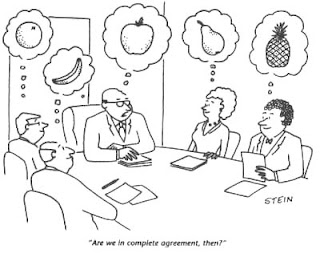Information hiding is a simple, proven concept that results in software that is easier to test and easier still to maintain. Most software modules should hide some information from all other software. This information could be the structure of data; the contents of data; an algorithm; a design decision; or an interface to hardware, to a user, or to another piece of software. Information hiding aids in isolating faults because, when the hidden information becomes unacceptable in some manner (such as when it fails or it must be changed to accommodate a new requirement), only the piece of software hiding that information need be examined or altered. Encapsulation refers to a uniform set of rules about which types of information should be hidden. For example, encapsulation in object-oriented design usually refers to the hiding of attributes (data) and methods (algorithms) inside each object. No other objects may affect the values of the attributes except via requests to the methods.
Reference:
Parnas, D., "On the Criteria to Be Used in Decomposing Systems into Modules," Communications of the ACM, December 1972.


![Magic Square M = [n((n^2) + 1) / 2] (Posted by Jerry Yoakum)](https://edublognss.files.wordpress.com/2013/04/fff-4.png?w=126)








